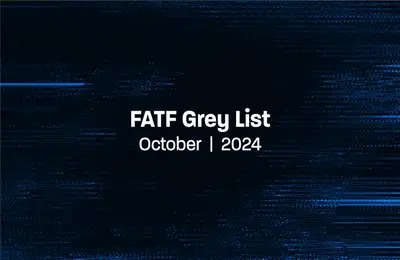
by InScope-AML
March 08, 2021
Version 7.9
The latest version of InScope-AML has been updated to better support reporting for the 2021 REQ, as per the below:
In previous versions of InScope-AML the reporting module was only available for users with Administrator permissions. In the latest version of InScope-AML, a new permission has been added which allows users to view reports specifically. This enables users without administrator rights to generate/view reports.
Previous versions of InScope-AML would generate a risk assessment due warning if one of the following changes is triggered on the entities system generated risk assessment:
A new feature has been implemented which generates the ‘Risk Assessment Due’ warnings only if the overall risk classification changes. This means that small fluctuations in any risk pillar score or the overall score will no longer cause a large number of risk assessments to be triggered, unless an entity changes risk classification, e.g. moves from Low to Medium.
Please contact support if you would like to enable this feature.
Previous versions of InScope-AML would allow users to enter account numbers, however the system would not generate the relevant warnings. Clients that have account numbers enabled can now set rules that specify for whom account numbers will be mandatory. For example if you set Account numbers as mandatory for ‘All Serviced Clients’ then all serviced entities will now show a warning that the account number is missing information.
In the latest version of InScope-AML users are now able to generate reports and Segments that include Corporate Owners, within a particular percentage ownership. This allows greater flexibility when extracting pertinent information or creating new rules within InScope.

by Mariana Costa
October 31, 2024
Algeria, Angola, Côte d’Ivoire and Lebanon added to FATF Grey List